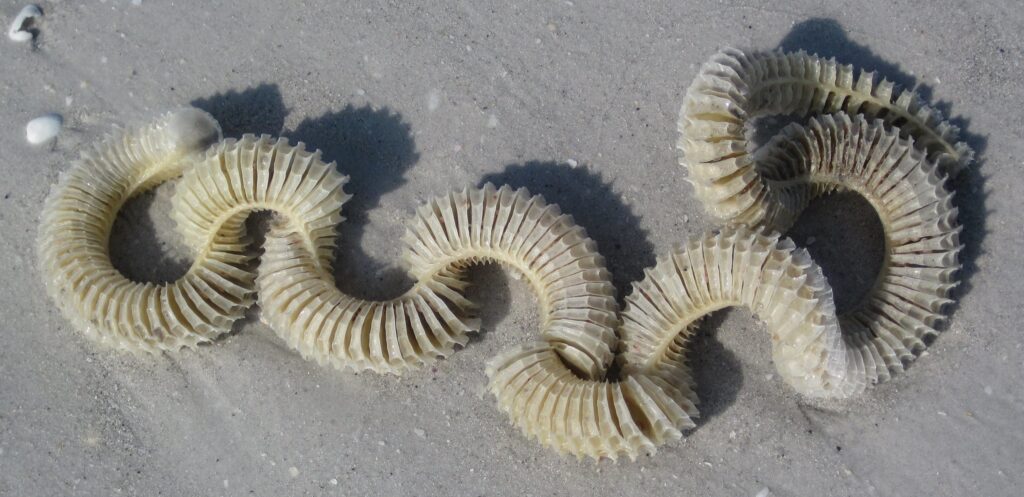What is the “strange, spiral-shaped material” that appears to be washing up on Florida beaches?

Beachgoers in Florida are questioning the weird and “mysterious spiral-shaped stuff” that has washed up along the shorelines from Sanibel to Marco Island.
In an attempt to identify what might be covering the beaches, social media detectives started sharing images of the suspicious-looking material, according to a recent article by Kaycee Sloan of NBC8.
Jaden Morton, who was at Lighthouse Beach with her mother, said to NBC affiliate WBBH, “I was wondering if it was like an eel or something. Since I had never seen them before, it caught my attention. My entire life, I have visited beaches.”
The enigmatic artifacts aren’t all that mysterious, though.
WBBH reports that Southwest Floridians are “very familiar” with the “spiraled-shaped stuff” that goes by the moniker “mermaid necklaces.”
Karen Wappler, a passionate shell collector and resident of Cape Coral, informed WBBH that she was certain the items were whelk casings.
“I recognized it as a whelk’s casing. Before it dries up, eggs are within. I had no idea till I looked it up on Google,” Wappler remarked. Her art is created with the shells she gathers.
As spring approaches Florida’s beaches, whelk egg casings start to appear. They are typically seen during low tide or wash in following a storm, according to WBBH.
Every year, the City of Sanibel receives a large number of complaints from individuals mistaking the casings for algae or snakeskin, according to Joel Caouette, an environmental biologist with the department of natural resources.
“They’re in the breeding season or the nesting season, just like any mollusk,” Caouette said to WBBH. “These are not unusual and are safe. A female lightning whelk will begin to lay eggs, which eventually break off as the egg shells get bigger and bigger as they rise.”
Adult whelks lay their eggs in a connected chain of 50–175 disc-shaped capsules, according to researchers at the University of Florida. With each disc holding up to 200 eggs, the line of capsules can extend over two feet in length.
Even though a lot of eggs might be included in each disk, most of them don’t hatch. Beachgoers may be able to determine whether the casings still contain eggs if they examine them carefully and hold them up to the light, according to WBBH.
An active casing returned to the water will increase the eggs’ chances of survival, Caouette told WBBH. The shells “can be a delicious snack for the migratory birds” if placed near the shore.
This article originally appeared on NBC8
